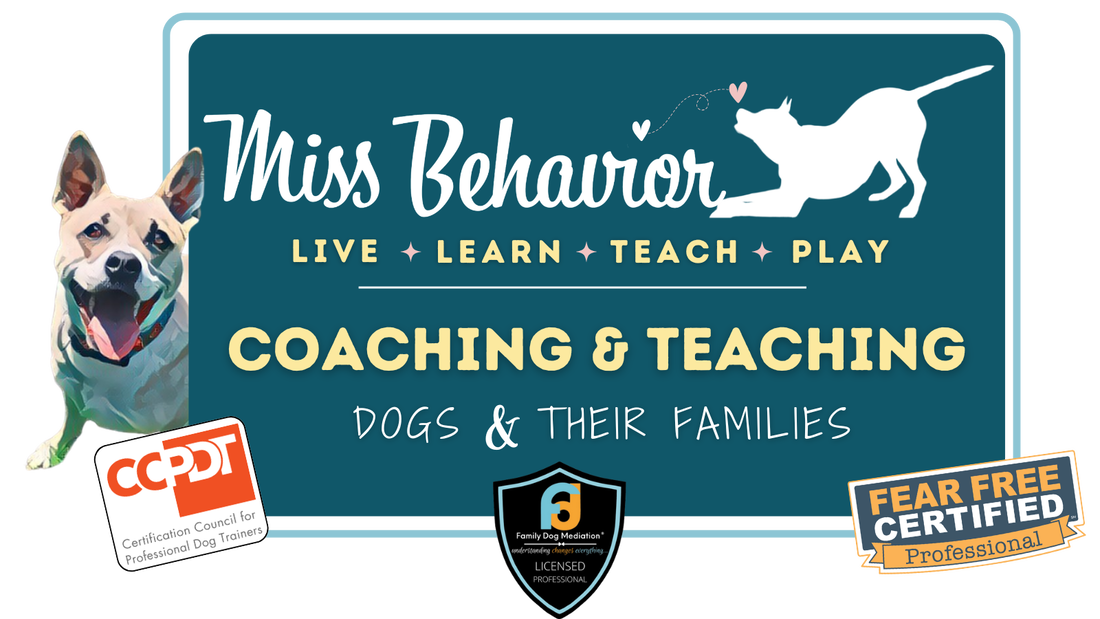There is a delicate balance here between allowing the Veterinarian and Technicians perform their job in a timely and safe manner and using skills learned at home to make the visit less stressful. First, I encourage you to find a veterinary practice that is open to these fear free type methods, officially Fear Free Certified or not!
So let's recap: 1. Otoscope (looking in the ears) - Waiting game 2. Ophthalmoscope (looking at the eyes): Waiting game (while the Vet sneaks a look) 3. Looking at the teeth: Waiting Game 4. Feeling lymph node (neck, front legs, back legs): Standing Waiting Game or Hand Targeting 5. Feel the belly, look under the tail: Waiting Game or Hand Targeting 6. Feel the hips/stretch the back legs: Waiting Game or Hand Targeting 7. Listen with a stethoscope: Waiting Game - ideally, your dog will need to stop panting briefly so the Dr can hear his heart and he should be standing. 8. Take a rectal temp -- there are SOME veterinary offices that do this on a regular basis. If yours is one, I'm sorry but I'm trying to make this an exhaustive list: Waiting Game or Hand Targeting, or honestly Treat overload 9. Heartworm Test: Waiting Game, standing for the back leg On the veterinary side of things, my hope is that very soon, the majority of Veterinary offices will be on board with the slowing down of the exam, the touch gradient, and more techniques that will add exponential value to their practice. Until then, advocate for your pet!
I hope this blog post was helpful for you. Please join and follow me on facebook on Friday May 3rd when I do a live guest video for "It Takes a Village" Pet Care. I will post event info soon so that you will receive notifications. In the meantime, please comment below and let me know if you think you can implement any or all of this at home! And finally, don't forget to join my mailing list so you receive future trainings on this subject
0 Comments
Your comment will be posted after it is approved.
Leave a Reply. |
|
- Home
- About
- Blog
- Services
- Membership
-
Courses & Freebies
- All Courses
- FREE Boredom Buster Recipes
- COURSE: Building Resilience in your Family Dog
- COURSE: Managing the Leash Walk
- Potty Training COURSE
- Paws Off COURSE
- COURSE: Managing the Leash Walk
- FREE Attention Building Challenge
- FREE Scratchboard Training
- FREE Rest and Recovery Round-Up
- FREE Body Language 101
- Contact
- Home
- About
- Blog
- Services
- Membership
-
Courses & Freebies
- All Courses
- FREE Boredom Buster Recipes
- COURSE: Building Resilience in your Family Dog
- COURSE: Managing the Leash Walk
- Potty Training COURSE
- Paws Off COURSE
- COURSE: Managing the Leash Walk
- FREE Attention Building Challenge
- FREE Scratchboard Training
- FREE Rest and Recovery Round-Up
- FREE Body Language 101
- Contact
Search by typing & pressing enter






 RSS Feed
RSS Feed





